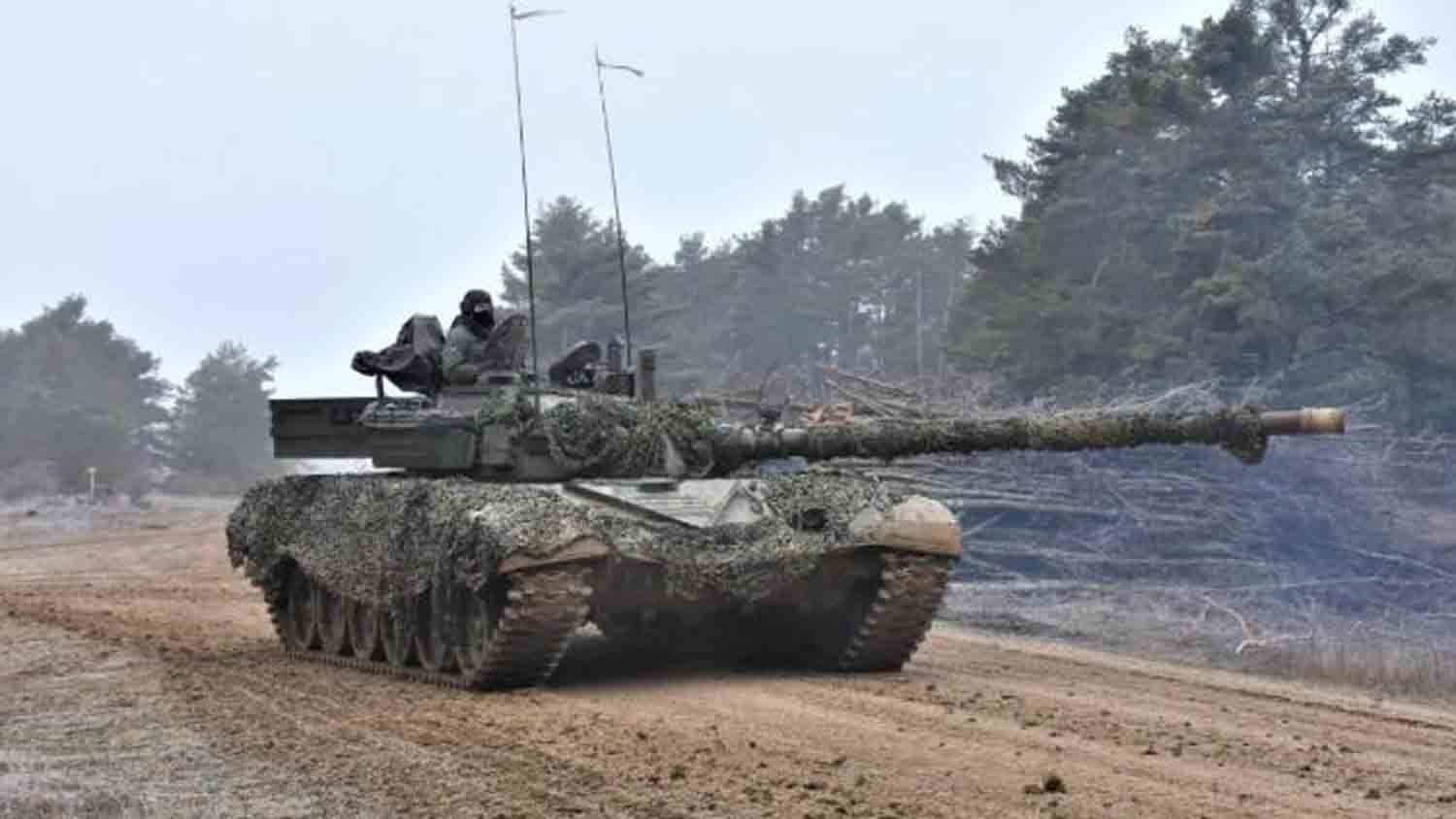Russia’s advanced fifth-generation fighter, the Sukhoi Su-57 Felon, made a striking impression at Aero India 2025 in Bengaluru, a development that reportedly unsettled the United States, prompting an unexpected withdrawal.
In a surprising turn of events, the U.S. abruptly canceled its plans for aerial demonstrations of the F-35 Lightning II and F-16 fighters, relegating them to static displays. The Su-57 Felon seized this opportunity, showcasing its remarkable power, agility, and state-of-the-art technology, clearly asserting its dominance in the skies.
Denis Alipov, Russia’s Ambassador to India, allegedly remarked that the U.S. decision to withdraw its F-35 and F-16 demonstrations at Aero India “indicates that its competitor (F-35) is not prepared to engage in fair competition.” The sudden cancellation of the U.S. fighter aircraft displays has sparked intense speculation, with many suggesting it was a strategic decision to avoid an inevitable and disadvantageous confrontation with the Russian Su-57.
Renowned for its exceptional flight capabilities, particularly in low-speed maneuvers, the Su-57 was set to capture the audience’s attention, overshadowing its American rivals in a display of aerial prowess.
Indian media previously reported that the primary reason for the absence of the U.S. F-35 in the aerial demonstrations was a “shortage” of demonstration pilots. While defense experts commend the F-35’s advanced avionics as significantly superior to those of the Su-57, its actual flight performance has often been viewed as lacking for a fifth-generation fighter. In contrast, the Russian Su-57 is recognized as the leading authority in low-speed maneuverability, establishing a new standard for aerial agility.
Equipped with cutting-edge three-dimensional thrust vectoring engines, the Su-57 performs remarkable maneuvers that few, if any, competitors can rival. In contrast to the F-35’s engines, the Su-57’s AL-41F1 engines are said to maintain supersonic speeds without the need for afterburners. Starting this year, Russia plans to upgrade the AL-41F1 engines in its Su-57 production variants to the more powerful and easier-to-maintain AL-51F.
The aerial capabilities of the Su-57 could place the F-35 and F-16 at a disadvantage, potentially bolstering public support in India for New Delhi’s decision to procure the Su-57.
While the Su-57 excels in aerial demonstrations, the F-35 boasts significant advantages through its advanced avionics systems, which include sophisticated data links, passive electronic sensors, radar, and other state-of-the-art technologies. Although the advanced avionics of the U.S. fifth-generation F-35 provide a considerable edge to its pilots, these features are not easily demonstrated in flight displays.
Recently, two U.S.-made fifth-generation fighters, the F-35 Lightning II, arrived at the Indian Air Force Base in Yehalanka, Bengaluru, to participate alongside Russia’s Su-57 Felon at Aero India 2025. This event marked a unique occasion at Yehalanka Air Base, where both U.S. and Russian fifth-generation fighter jets were positioned mere meters apart. This is the first time the Su-57 has appeared at Aero India, while the F-35 had previously taken part in the biennial air show in 2023.
International defense analysts indicate that this marks the first occasion where the F-35 Lightning II and the Su-57 Felon are simultaneously present in the same airspace.
The co-presence of both Russian and U.S. fifth-generation fighters at this year’s Aero India is particularly noteworthy, as both nations are vying for India’s favor in selecting their respective aircraft.
The Indian Air Force is in urgent need of fifth-generation fighter jets to maintain its competitive edge against traditional rivals. Pakistan is poised to acquire China’s fifth-generation J-35A fighter, while China has been operating the J-20 Mighty Dragon for several years and is expected to enhance its fleet with the J-35A.
To effectively address the challenges posed by Pakistan and China—both of which are either in the process of acquiring or have already deployed fifth-generation fighters—India cannot depend solely on its fourth-generation++ aircraft, such as the French Rafale and the Russian Sukhoi Su-30MKI. New Delhi requires fifth-generation fighter jets to effectively counter the evolving threats from its neighboring adversaries.
Russia has already proposed a joint production agreement for the Su-57 Felon and has suggested collaboration on India’s own fifth-generation fighter initiative, the Advanced Medium Combat Aircraft (AMCA).
Discover more from Defence Talks | Defense News Hub, Military Updates, Security Insights
Subscribe to get the latest posts sent to your email.





